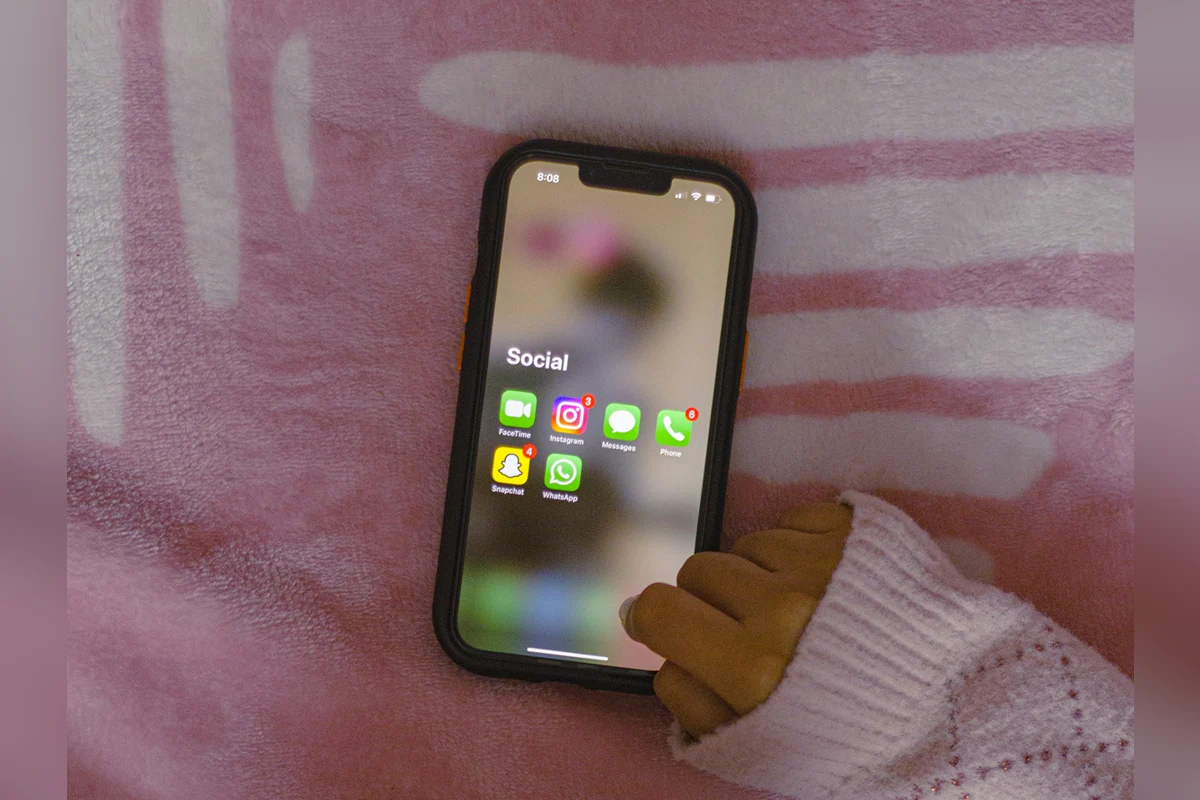Why Your Camera Roll Feels Heavy
Scrolling past thousands of screenshots, burst shots, and random memes can feel like wading through attic boxes, except this digital hoarding follows you everywhere. Research shows information overload erodes focus and heightens stress (Anandpara et al., 2024). When every spare gigabyte is stuffed, we’re more likely to procrastinate and less able to locate photos that actually matter.
Psychologically, we stash digital keepsakes for many of the same reasons we keep physical ones: emotional attachment, what‑if fear, and plain old FOMO (Przybylski et al., 2013). The catch? Unlike a bulging closet, our phone never screams “full” until we’ve hit a storage paywall.
A Guilt‑Free 5‑Step Photo Purge Plan
Think “micro‑wins,” not marathon declutters.
1. Clarify Your Why
Write a one‑sentence reason you want fewer photos: “I want to be able to find a specific photo” or “I’m tired of storage anxiety.” This anchors motivation when deletion guilt kicks in.
2. Hit the Low‑Friction Targets
Duplicates & Blurs: Use your phone’s built‑in duplicates tool; keep the sharpest shot.
Burst Mode Runs: Pick the single best frame and ditch the rest.
Screenshot Sweep: Most screenshots are temporary; clear the folder weekly.
3. Create a Keep, Delete, Archive Rule
Adopt Cal Newport’s digital‑minimalism lens: Keep what sparks joy or has future utility, Delete clear junk, Archive sentimental gems in your “favorites” folder. Decision triage accelerates progress.
4. Say no to Excess
When you are at an event, try to limit your photos to one photo, or when you take multiples delete the excess immediately. This tiny detox slows incoming clutter and builds mindful camera habits (Syvertsen & Enli, 2020).
5. Review & Reward
After each 15‑minute purge sprint, note how many MBs (or gigabytes!) you freed and celebrate—progress over perfection keeps momentum for our Overwhelmed quadrant.
Key Takeaways
- Digital hoarding drains cognitive bandwidth and buries meaningful memories.
- A clear why + duplicate purge + triage rule = fastest wins.
- Regular micro‑sessions beat annual marathon deletions.
- Less cloud clutter means faster search, lower fees, and calmer mind.
References
- Anandpara, G., Kharadi, A., Vidja, P., Chauhan, Y., Mahajan, S., & Patel, J. (2024). A comprehensive review on digital detox. Cureus, 16(4), e58719.
- Przybylski, A. K., Murayama, K., DeHaan, C. R., & Gladwell, V. (2013). Fear of missing out. Computers in Human Behavior, 29(4), 1841–1848.
- Syvertsen, T., & Enli, G. (2020). Digital detox and authenticity. Convergence, 26(5‑6), 1269–1283.
- Newport, C. (2019). Digital Minimalism: Choosing a Focused Life in a Noisy World. Portfolio.
*Disclaimer: Offline Now offers educational coaching tips, not medical or therapeutic advice; please consult a qualified health professional for personal, clinical or health concerns.*


